Nowadays, the emerging technologies that are being developed target the young population worldwide and try to cater to their needs the most. However, some new technologies have also been designed and are under development to meet the needs of older adults. It is a basic human need to have an independent life and the older population is no exemption to that. Independence is a necessity for the senior population to feel more confident and have a sense of self-esteem and value. Living independently entails having the ability to perform a wide range of activities by oneself. There are two basic categories of activity that older adults need to be able to perform to attain a sense of independent living:
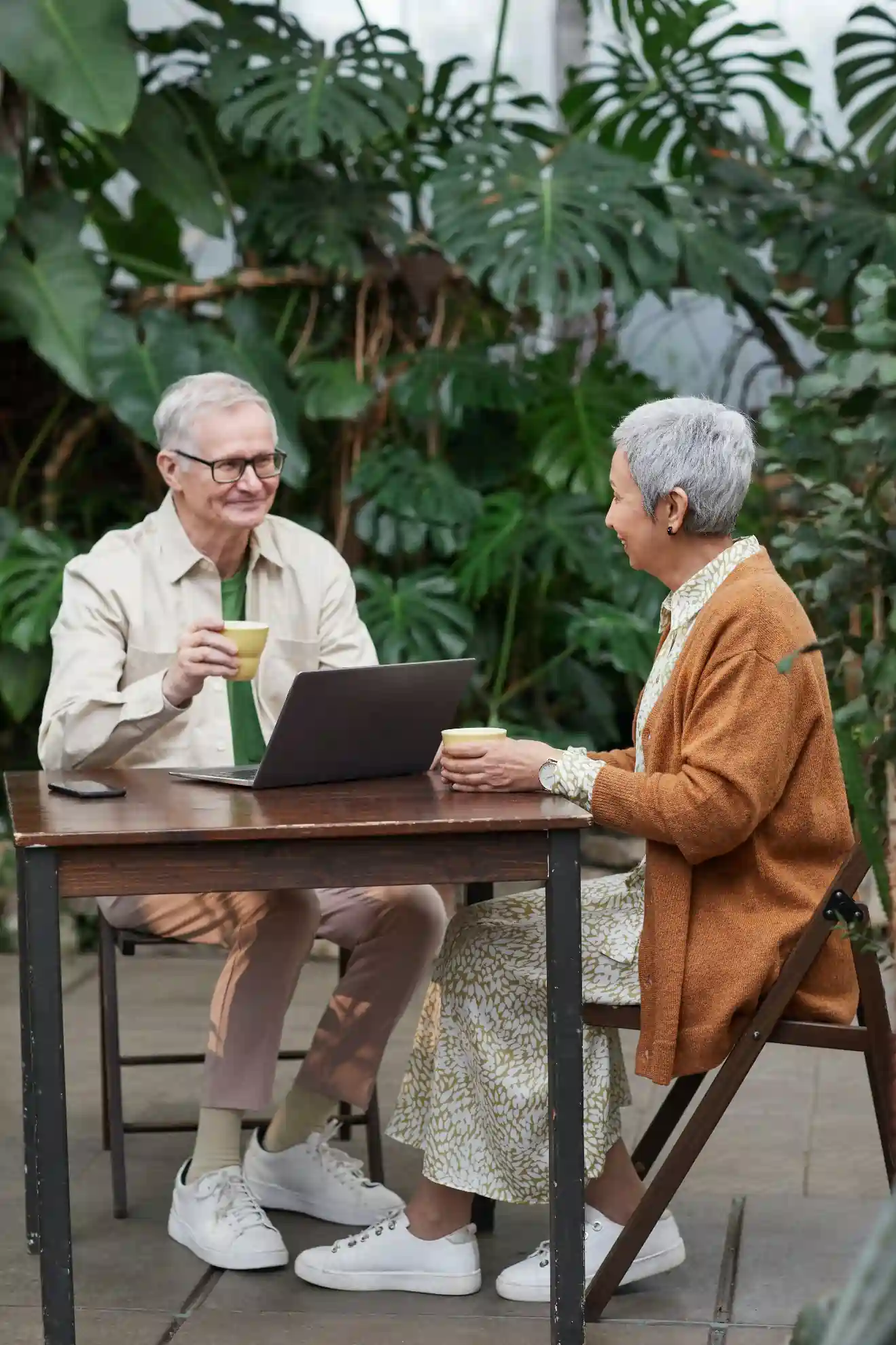
- Activities of Daily Living (ADLs):Such as eating, bathing, brushing teeth, dressing, toileting, doing exercise, reading books, transferring, walking, and managing continence.
- Instrumental ADLs (IADLs):Are activities necessary to function in community settings, like cooking, driving, using the telephone or computer, shopping, traveling around the city, taking taxis, getting in trains or buses, keeping track of finances, managing medication, doing laundry, and housekeeping.
There are several user-friendly assistive technologies that can help the older population perform these tasks. They are usually in the form of sensors, apps, and robots that can be considered advanced home technologies. Other assistive technologies are still in their infancy and have not become widely available yet. Up to the present moment, basic devices have been developed that help seniors do some key activities that can be categorized into three major groups:
- Hygiene:Bathing, oral care, maintaining teeth and mouth health, skincare, prevention of injuries and infection, treating wounds, etc.
- Nutrition:Meal preparation, shopping, following a healthy balanced diet, having a sensible eating schedule, etc.
- Medication:Management and adherence of medication, regular check-ups and screening, weight control, medical care, etc.
Hygiene
Providing a Safe Place and Having Regular Showering to Maintain Healthy Skin
As we know, one of the dangerous places for aging adults is the bathroom due to the limitations in mobility and flexibility that they are more prone to face. Older adults are at high risk of slips and falls which can lead to serious life-altering injuries and even death. So, it is of utmost importance to make the bathroom as safe and convenient as possible. Modern technology has raised up to the challenge through:
- Designing smart showers using sensors to control water flow time, water direction, water temperature regulation, and soap dispensing.
- Providing caregivers with monitoring and alert systems associated with location, water usage, water temperature, and unique physical and behavioral changes in case any intervention becomes necessary.
- Developments in technology related to detecting the development of disease or infection due to exposure to bacteria from handheld devices, maintaining hand hygiene, and reducing the possibility of the occurrence of bacterial colonization.
It Is Crucial to Maintain Oral Health
Taste and smell are two of the key contributing factors related to maintaining a healthy diet. So, avoiding the necessity of using dentures gains importance. This can be done by going to the dentist regularly as a preventive measure and getting periodic professional assessments and care. However, this can prove to be quite challenging for seniors due to probable disability or poor physical health. New technologies have been developed to monitor and support prevention in oral health at home for the older population. New technologies aim to be helpful in this area through:
- Designing oral health devices for seniors who are suffering from low visual acuity, poor coordination, poor hearing, and diminished ability to understand instructions.
- Designing specific sensors to measure the amount of brushing time as well as pressure, contact angle, and the tooth surfaces that are being brushed.
- Developing new systems to aid seniors in maintaining personalized dental regimens and providing them with self-assessment at home regarding their mouth’s biological conditions and the existence of any cavities or decay to improve the individual’s dental health.
- Advanced systems to remind, alert, and provide real-time feedback to promote oral health care at home.
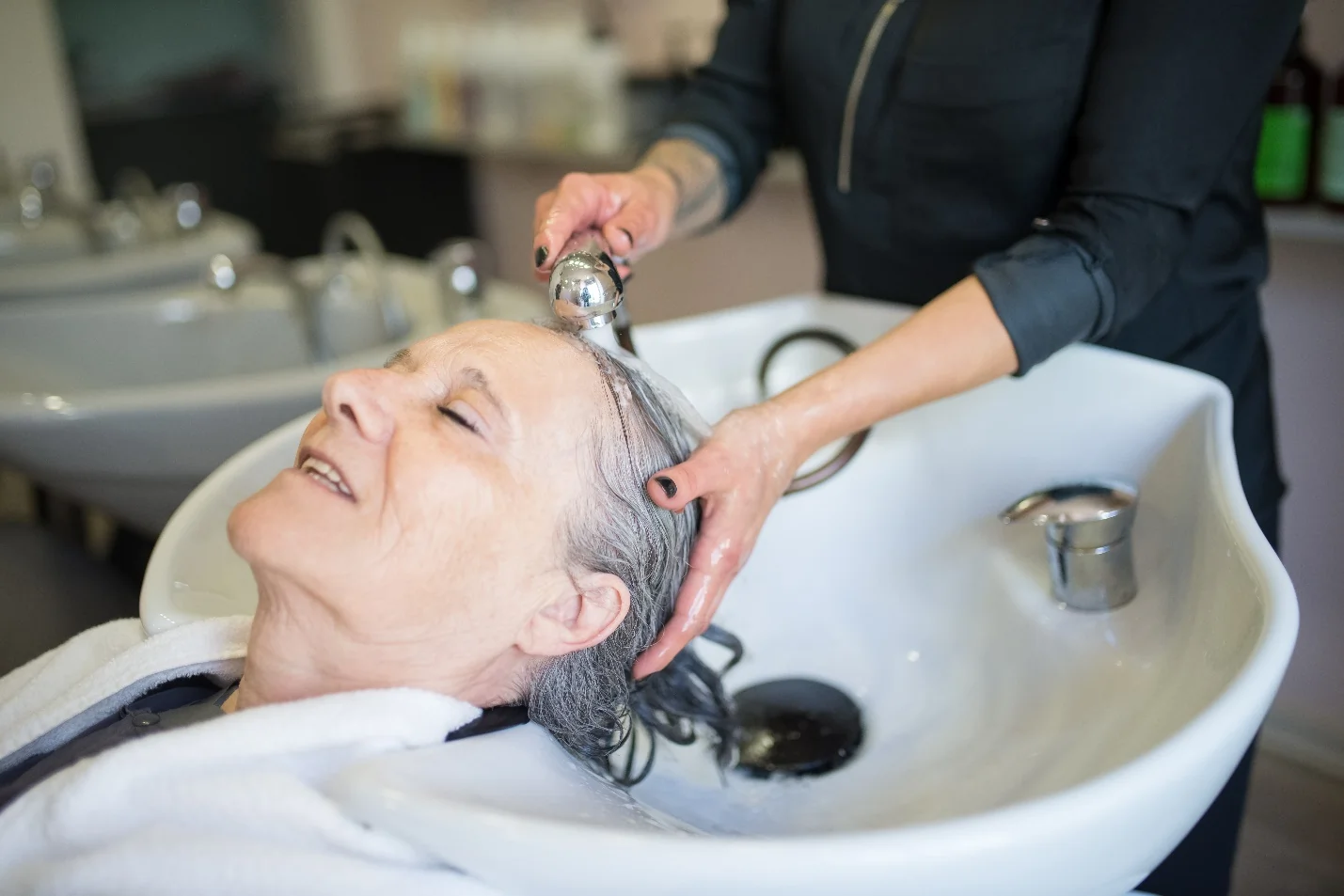
Preventing, Monitoring, and Caring Properly to Cure Wounds
Designing assistive technologies is critical to an effective and sufficient amount of wound care for the older population who have chronic illnesses and underlying conditions that can worsen the occurrence of wounds and lesions through influencing blood coagulation, the body’s regenerative properties, and the overall healing process. These could include conditions such as diabetes and peripheral vascular disease, some physical disabilities, or limited mobility that can result in the development of bedsores. New technologies would be helpful in such scenarios through:
- Promoting natural sensation in individuals with neuropathy. For example, prototype optical-fiber-based smart socks can measure plantar pressure and temperature in shoes to reduce the risk of developing diabetic foot ulcers and other conditions that can lead to amputation.
- Advanced technologies such as “smart bandages” that detect movement, administer drugs, monitor healing, detect infection, and provide the physician with real-time data directly.
- Designing electrochemical sensors that can identify infection and the type of bacteria.
Nutrition
Seniors Should Meet Their Daily Nutritional Requirements
The older population should have a balanced diet and healthy eating habits to maintain physical and mental health as well as emotional well-being. Having a sensible eating plan can enhance overall health, improve the immune system, and contribute to an overall sense of happiness and self-acceptance. As seniors themselves have reported there are key challenges that make meeting their nutritional needs difficult such as:
- Price and accessibility of food
- The ability to employ the existing technologies, such as on-demand meal/grocery delivery, and online diet coaches
The Ability to Feed Themselves Independently
There are robotic feeding systems that aid older adults with feeding themselves. But there is a need for educational programs to help support the acceptance of these robotic tools and overcome preexisting stigma among aging adults.

Medication
The Importance of Managing and Administering Medications
Managing and administering the proper and sufficient amount of medication for the older population is vital. This could entail things such as taking the proper doses of medication and avoiding negative drug interactions. Due to the many ailments that commonly occur in old age, senior citizens would have to take multiple or certain drugs which could potentially increase the risk of serious adverse reactions resulting in falls, cognitive impairment, limitations in functional independence, and the necessity for additional health care. Consequently, it would become evident that taking medications should be monitored with caution. Some technologically advanced ways to tackle these problems could be listed as follows:
- Implementing high-tech sensors for real-time monitoring of medication adherence, physical activity, and physiological factors like blood glucose, blood pressure, and heart rate.
- Dangerous drug toxicities or interactions due to over-medicating or mixing medications by mistake that can be avoided by monitoring real-time drug intake dosage and precision adherence.
- New assistive technologies can remind seniors of proper medication timing and provide easy-to-read medication labels for those with impaired vision and low cognitive ability.
There are various fields in which new technologies have had great positive impacts like:
- Cognition
- Communication and Social Connectivity
Cognition
Cognition changes occur when people age. A decline in cognitive abilities could directly interfere with one’s ability to control and manage chronic conditions that can themselves increase the risk of dementia and cardiovascular diseases. New technologies have been developed to mitigate changes in cognition among seniors via focusing on three areas: cognitive monitoring, cognitive training, and financial security.
Cognitive Monitoring
Seniors’ Reasoning, Memory, and Communication Abilities Should Be Assessed on a Regular Basis
New technologies should be applied to detect any changes and deterioration in cognitive abilities in time because many changes in cognition are recognized when more severe impairments are visible, so, subsequent measures to prevent further decline in these faculties may be taken too late for the manifestation of any effective results.
Cognitive Training
We Can Promote Seniors’ Baseline Ability and Provide Cognitive Rehabilitation
Designing effective technological methods, or programs can help to improve or delay age-related cognitive decline. Besides, various high-tech gadgets like mobile devices, or wearable sensors are emerging to enhance the cognitive telerehabilitation paradigm.
Financial Security
Aging Adults Should Manage Financial Functioning Independently to Prevent Exploitation
Nowadays, there are several financial planners and apps that manage financial transactions. Older adults could face difficulties in using them. Technological systems are designed to provide older adults with more sophisticated, rapidly advancing, and frequently used financial assistive tools. These technologies support seniors in ways such as:
- Tools that are designed to simplify the financial decision-making process and address the burdens of managing expenses.
- Implementing interfaces for online banking and providing automated teller machines.
- Designing technologies to provide read-only access to accounts, fraud detection, notification, and alerts for anomalous transactions.
- Providing technologies like wearables, biometrics, and geolocation that can lead to the prevention of financial exploitation.
Communication and Social Connectivity
It has been proven that social relationships among seniors can promote their physical and mental abilities, and enhance their overall health. It can also slow the aging process. Today’s effective communication entails the use of three different capabilities:
- the physiological ability to communicate (hear, speak, see, and touch)
- the ability to understand one another (different languages and cultural diversity)
- the technological ability to communicate (using social media and professional interactions)
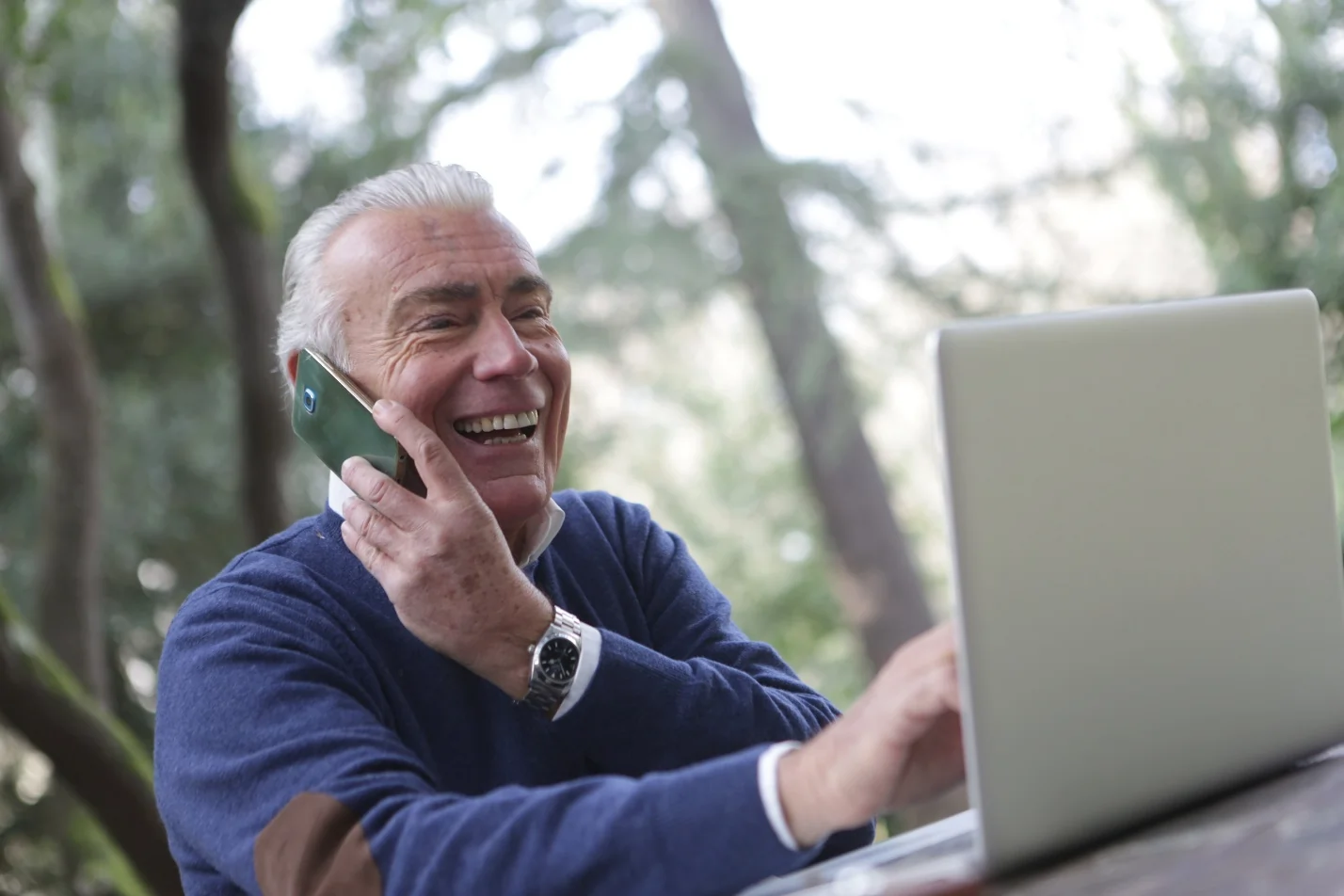
New assistive technologies have been developed to support seniors in different ways like:
Hearing Enhancement Technologies
Many older adults are hard of hearing as a result of some of the common aging ailments that they are susceptible to. New assistive hearing aid technologies have been introduced and implemented that would simplify the operation of the device, improve its performance, and reduce costs.
Providing Hearing Assistance for Aging Adults
Seniors’ hearing deteriorates as they age. New technological devices are designed to aid seniors with hearing problems to understand speech in noisy environments. Effective assistive hearing tools are beneficial in many ways such as:
- enabling the users to share audio channels between hearing aids, smartphones, remote microphones, and other electronic devices.
- New technological methods implement various techniques to improve their capabilities such as data collecting and processing, improving performance in noisy environments, providing noise-source identification and cancellation, and speech recognition.
Communication With Diverse Communities
As we know, there are nearly 6,000 languages and dialects worldwide, most languages are not written, and every language is context-dependent. Many seniors who live in countries with cultural diversity and different languages need a translator to enable them to communicate with their physicians and health care providers. Many new technological devices have been developed that can translate conversations between physicians and patients. This can lead to a reduction in costs and administrative and staff burden while increasing the quality and accuracy of the care provided. What new advancements have made possible in this area is:
- Access to rapid, reliable, and real-time translation of one language into another.
- The ability to convert recorded audio (including those that are in video format) into text.
- Transcribing spoken language into the written format and then translating it to the alternate language of choice.
- New technologies provide seniors with written documentation of conversations and instructions.
As a result, new technologies are beneficial in terms of cost and convenience and enable seniors to have an independent life. Educational programs should be provided to teach the older population how to utilize said technologies to meet their needs effectively and efficiently.
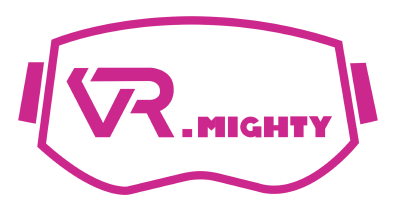

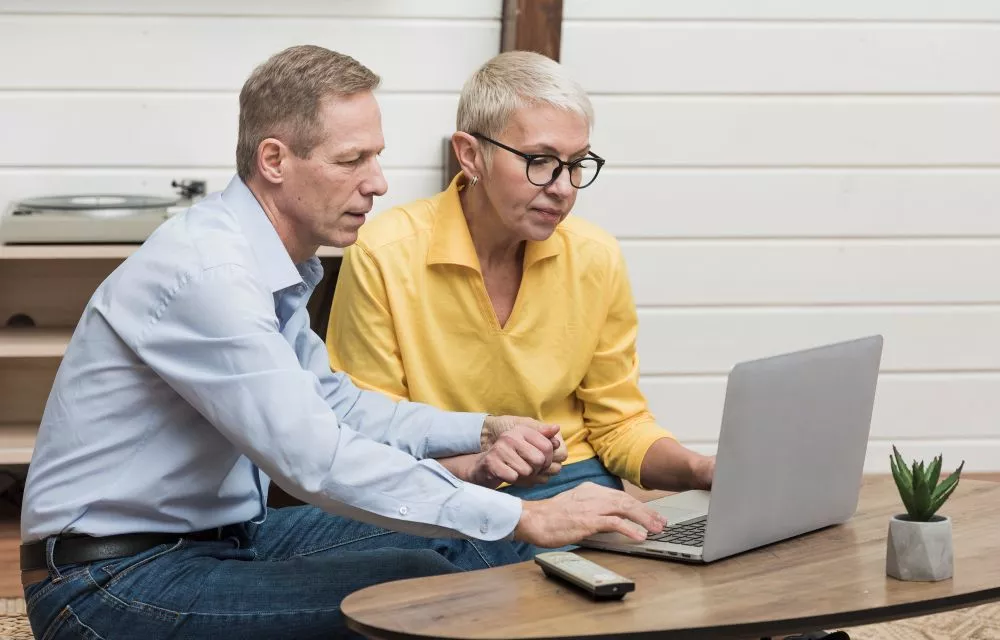

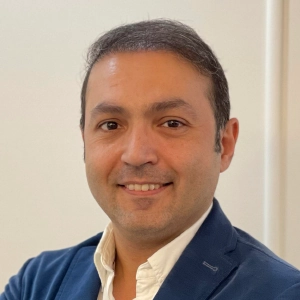
Hi, this is a comment.
To get started with moderating, editing, and deleting comments, please visit the Comments screen in the dashboard.
Commenter avatars come from Gravatar.